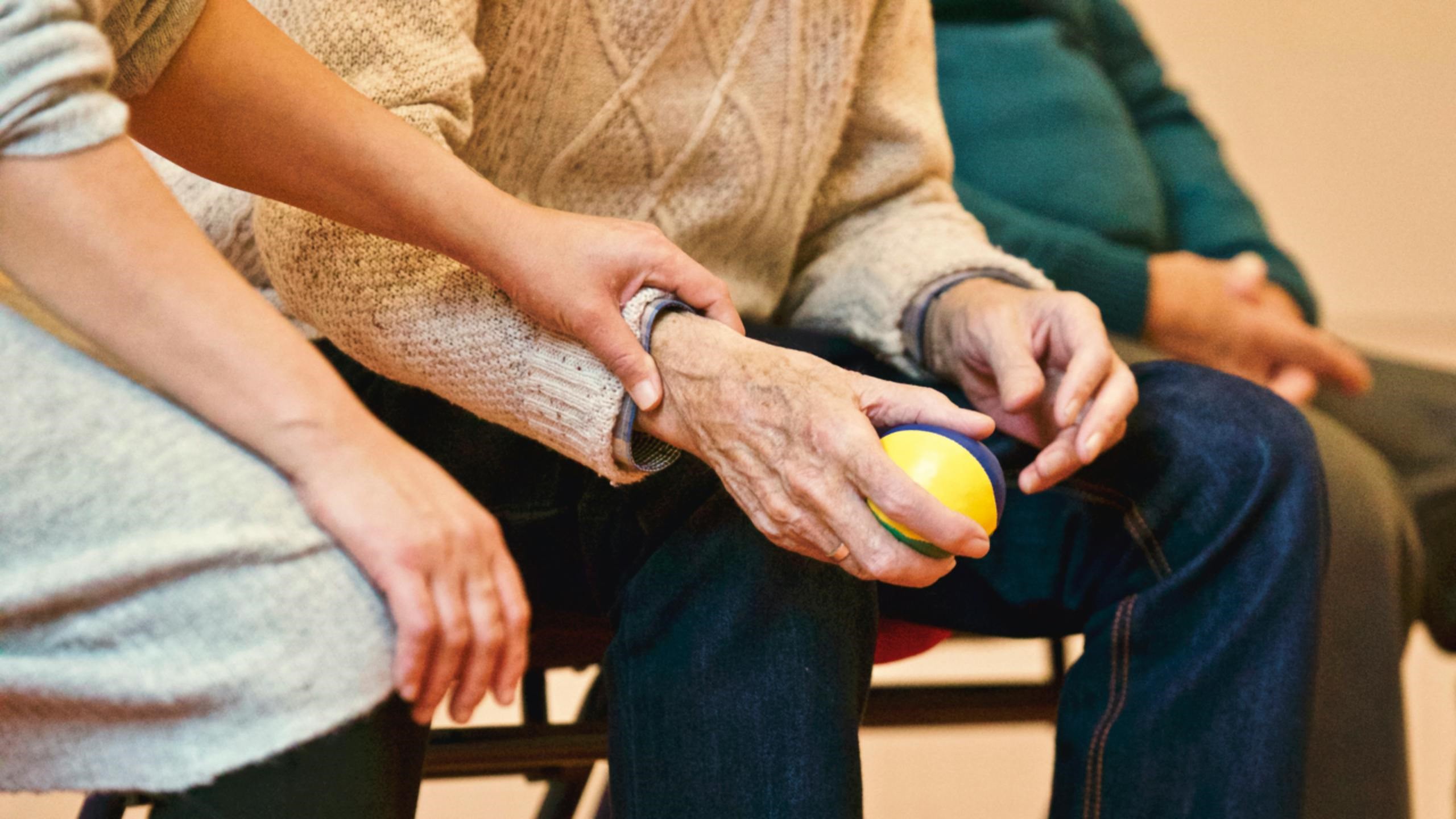When everyone engaged in health care talks to each other clearly and shares ideas, it works better. Collaborative health care brings together different kinds of experts to help patients in a full, structured approach. This strategy uses a mix of talents, information, and services to make it easier and faster to tackle health issues.
All care components should be integrated for time savings, clarity, and better results. Correct communication between physicians, nurses, therapists, and support staff reduces mistakes. Their diverse skills help the team generate better ideas. This relationship puts the patient first, makes therapy more personal and comprehensive, and enables you to tackle both simple and complex health concerns in one place.
Working Together in One Place
Health care teams that operate together in the same place get more done than those that work in different places. Professionals may communicate with one another in real time more easily when they share a building.
There will be fewer waits, quicker options, and adjustments. It also helps physicians and nurses detect small health changes and act fast. Being nearby lets team members focus on their tasks while being aware of the rest of the care process. Since everyone is nearby, making appointments and getting treatments is easy with fewer steps and waiting.
Well-organized care makes patients feel supported. Instead of going to a lot of different offices and talking about the same problems, everything occurs at once. This arrangement also makes it easy for teams to communicate information and changes, which lets everyone know what is working and what needs to improve. A shared place helps people trust one another and makes working together a normal aspect of life.
Using Different Skills to Give Better Care
In a collaborative approach, each expert has a particular ability that helps with the overall care plan. They can identify the best answer for each patient without losing any important facts by working together. One person may concentrate on physical issues while another tracks drugs or helps with emotions. Bring all the facts together to see the big picture and make choices faster.
This style of care makes it simpler to stick to complicated treatment programs since everyone understands what they need to do and what the patient requires. It also helps find issues early since multiple individuals are looking at them from different viewpoints. Care teams can fix problems before they become worse by meeting and talking about what they see.
Patients receive the same responses every time and don’t have to keep explaining the same subject. The end effect is superior overall care that feels more personal and is easier to get.
Improving Access to Health Services
Many different kinds of health treatments are typically available in one area via collaborative care. Patients may be able to get the information they want more quickly and readily as a consequence. It enables people to see various physicians on one trip instead of booking several appointments at different times.
This is useful for folks who have a lot going on or who have problems moving about. It’s simpler to keep to treatment regimens and follow up as required when all of your care is in one place.
This structure is especially beneficial when patients require aid from more than one service, such as seeing a chiropractor Seattle residents trust alongside other care providers.
Physical and mental treatment may be given on the same day in the same area. Collaborative teams keep people on track and avoid overload.
Patients don’t have to repeat information since one team communicates updates. That makes things less stressful and offers patients greater faith in their treatment.
Enhancing Quality with Fewer Errors
Collaboration and communication reduce care team errors. Everyone uses the same records, discusses progress, and agrees on goals while providing treatment. This keeps treatments safe and on pace. It reduces the chance of repeating a test, getting the incorrect drug, or missing instructions. Since each professional checks details, it enhances protection.
It is simpler to identify changes and take care of little problems before they become bigger ones when people work together. With one record system and shared meetings, nothing is missed. This keeps patients safe and also helps them feel better faster.
Documentation and clear communication speed up decision-making. When a patient’s care team is organized and informed, the patient feels safer. This format simplifies problems, reduces stress, and improves decision-making in all scenarios.
Improving Comfort and Reducing Time
Patients and providers both save time with collaborative care. It cuts down on waiting, skips steps that aren’t needed, and brings care closer together. Patients don’t have to travel to several places or wait between appointments to acquire answers.
This makes it simpler to finalize entire treatment regimens and speeds up care. Things go along without delays when services are nearby and linked. Being in one location also makes it easier to get care. Patients see familiar faces and know who to ask for help.
They don’t have to switch workplaces or be urged to return. It seems like the experience is more structured and polite. As a consequence, people are more inclined to trust you and stick to their treatment plan. It makes care seem easier, less complex, and more useful in general.
Conclusion
Collaborative health care brings together a lot of services and personnel to make treatment safer, quicker, and simpler to handle. Teams remain in touch, fix issues faster, and keep care focused on the patient when they work together in the same place.
This strategy saves time, cuts down on mistakes, and makes health services more thorough. Care is more effective, helpful, and easy to comprehend when everyone works together and has the same objectives.
